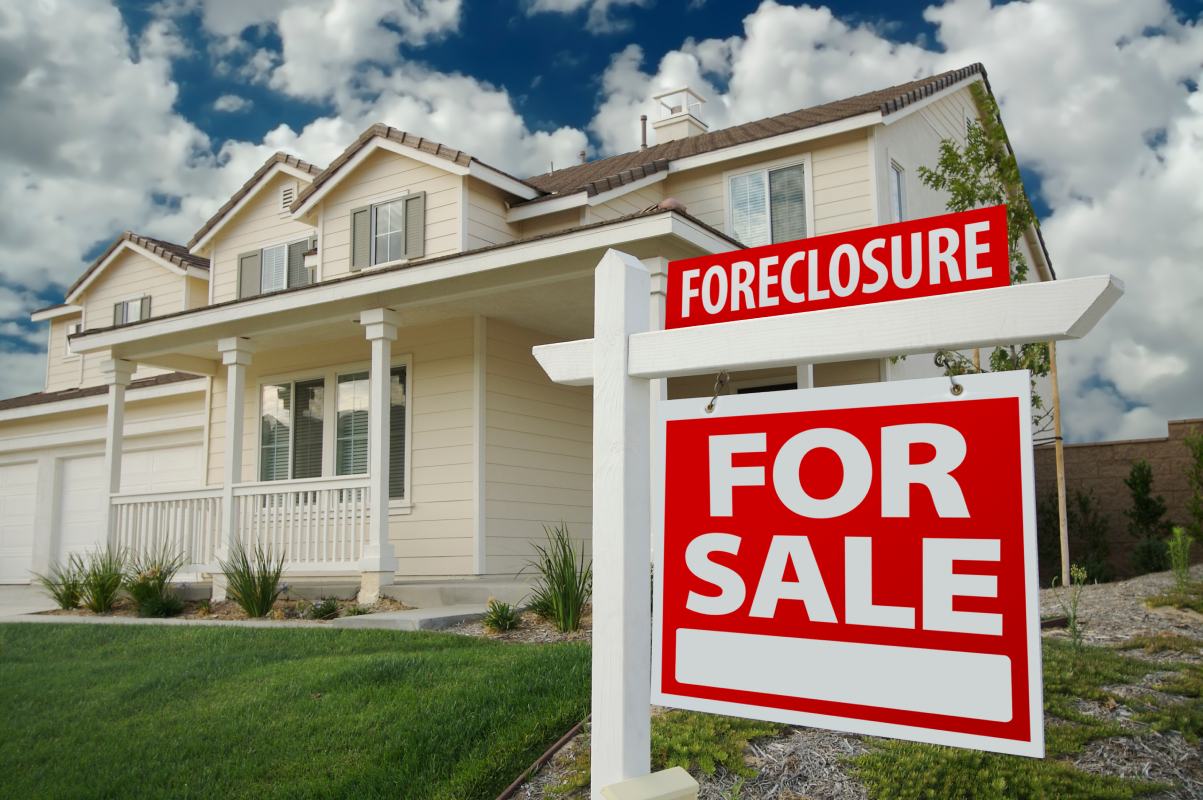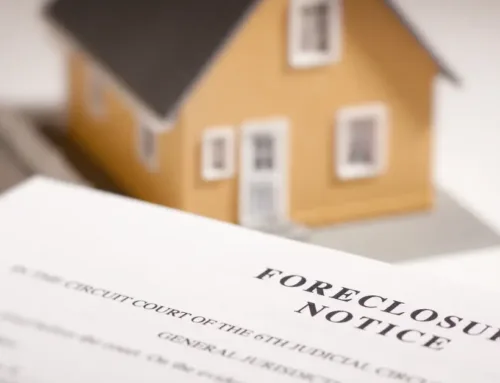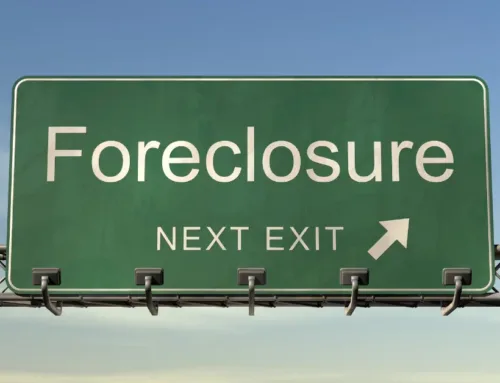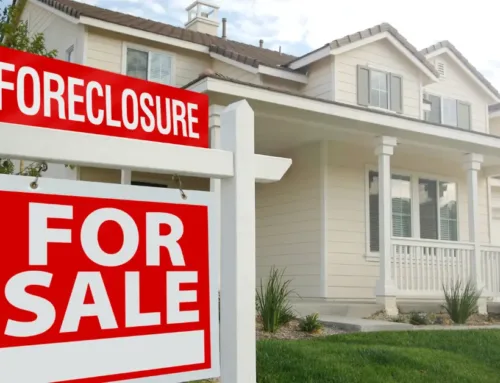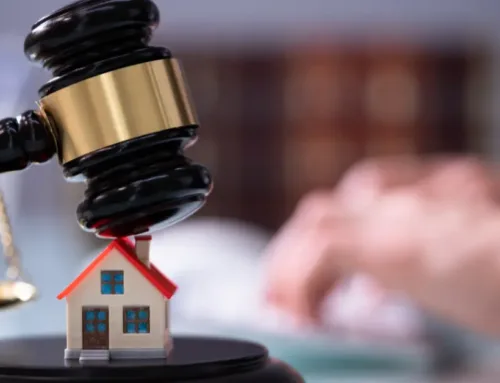When you get a loan to purchase a property, you enter into a contract with the lender and agree to repay the loan in accordance with the payment schedule spelled out in said contract. If you fail to do so, the lender has the right to seize your property and sell it to a third party in order to recover the money they lent you. This process is commonly referred to as foreclosure.
A vast majority of Texas foreclosures are nonjudicial (Austin bank-owned foreclosures). This means that the lender can choose to foreclose your property without going to court. A judicial foreclosure, unlike Austin bank foreclosures, requires the lender to file a lawsuit in court in order to foreclose your property. Judicial foreclosures are quite rare in Travis County, TX and are only required under limited circumstances.
Pre-Foreclosures
The pre-foreclosure period in Austin, TX begins when you fall behind on your mortgage payments and ends when the foreclosure process officially starts. During the pre-foreclosure period, the lender will take several steps in an attempt to collect the overdue amount and to help you avoid consequences such as foreclosure evictions.
#1. Late Fees
Generally, mortgage agreements in Austin, TX come with a grace period – 10 to 15 days after the deadline – during which you can make the payments without incurring any penalty. If you fail to make the payment within the grace period, the lender can charge you a late fee.
#2. Options to Avoid Foreclosures in Austin, TX
If you are unable to make the mortgage payments even after the grace period, your Austin, TX lender will contact you and inform you that your loan is in default. They will also inform you about foreclosure alternatives – commonly referred to as loss mitigation options – that can help you pay the overdue amount and get current on the loan.
At this stage of the pre-foreclosure process, your lender’s primary concern is to somehow get you to pay the overdue amount so that they can avoid the foreclosure process, which can be laborious and time-consuming.
The most common loss mitigation options available for borrowers in Austin, TX include:
Forbearance Agreement
Under a forbearance arrangement, the lender will agree to reduce your monthly payments or suspend them for a period of time – during which they will not take any step to initiate the foreclosure process. At the end of the forbearance period, you need to repay the pending amount in a lump sum or in installments by adding them to your monthly payments.
Repayment Plan
With a repayment plan, the lender will divide the overdue amount into small amounts and add them to your monthly payments. Once you pay off the overdue amount, you can start making your normal monthly payments, as specified in your mortgage agreement.
Loan Modification
This is a permanent arrangement wherein the lender will restructure your mortgage to make it easier for you to repay the loan. Depending on the market conditions and various other factors, your Austin, TX lender might choose to extend the term of the loan, reduce the interest rate, or set aside a portion of the principal (which you will have to repay when the loan matures).
If you reject the loss mitigation options offered by the lender or if you are unable to come to terms with the lenders regarding a particular loss mitigation option, the lender will choose to accelerate the process by sending you a notice of default. At this point, the pre-foreclosure period ends and the foreclosure process begins.
#3. Notice of Default
Under Texas law, your lender is required to send you a notice of default before they can start the foreclosure process. The notice of default must specify the overdue amount, how you can pay it, and the date by which you are required to pay. It should also specify that the lender will take steps to foreclose your property if the overdue amount is not cleared by the due date.
Depending on the terms of your mortgage agreement, your lender might decide to invoke the acceleration clause, under which they can demand you to pay off the entire balance in order to avoid foreclosure.
#4. Notice of Sale
If you fail to pay the overdue amount after receiving the notice of default, your lender will send you a notice of sale to inform you about the foreclosure sale of your property. They are required to send the notice at least 21 days before the sale.
Even at this point, foreclosures in Austin, Texas can still be stopped by paying off the entire balance in a lump sum. If you are unable to do so, your lender will proceed with the sale of TX foreclosed homes.
#5. Foreclosure Sale
Available foreclosure properties, including government foreclosure homes and lender foreclosed properties are public (under Austin foreclosure listings) and open to all bidders. The property in question will be sold to the highest bidder. It should be noted that under Texas law, you do not have any right of redemption once your property is sold in a foreclosure sale.
Experienced Austin Foreclosures Defense Attorneys
If you are facing the possibility of a real estate foreclosure process in Austin, TX, the foreclosure defense attorneys at Kelly Legal Group can help you. We have an in-depth understanding of state and federal laws regarding foreclosures and have decades of combined legal experience in defending the rights of borrowers in Texas.
We can examine your mortgage agreement, review the steps taken by your lender, and devise the right strategy to defend you and help you keep your home.
To find out how we can help you avoid foreclosure, call us today at 512-505-0053 or contact us online to schedule a free consultation with one of our experienced Austin, TX foreclosure defense attorneys.

